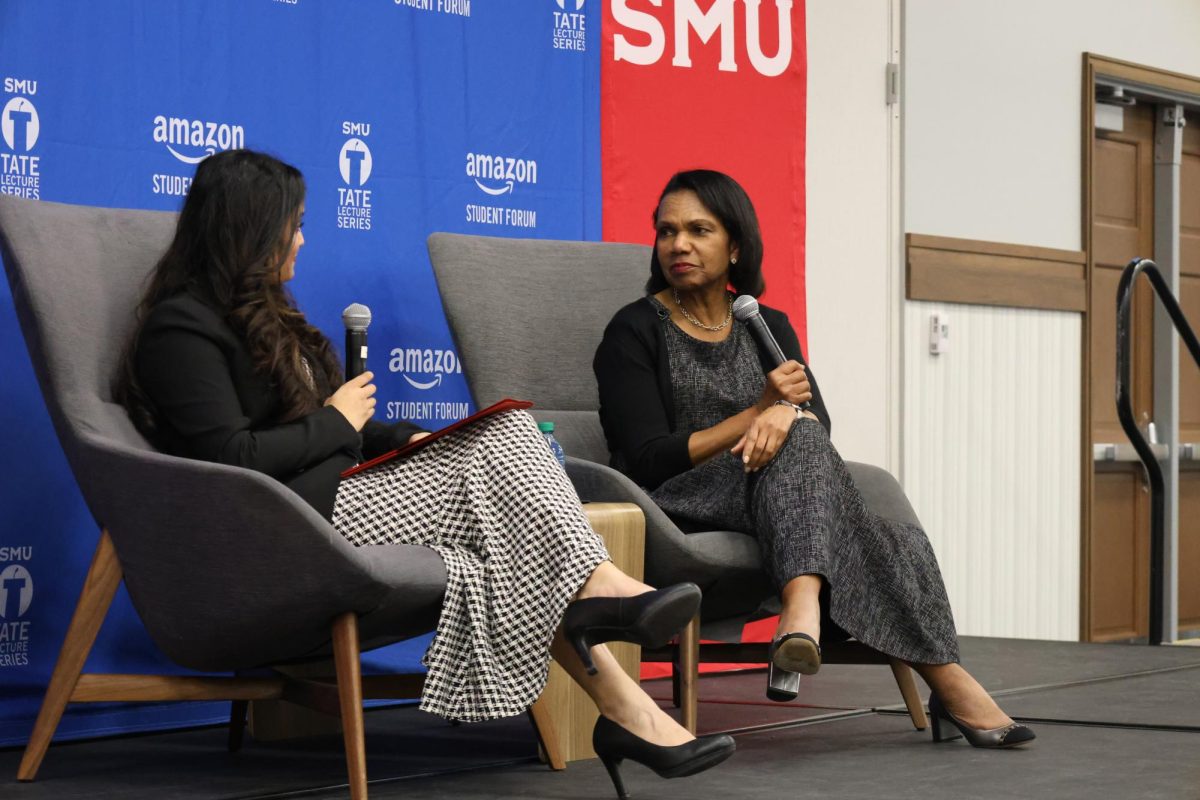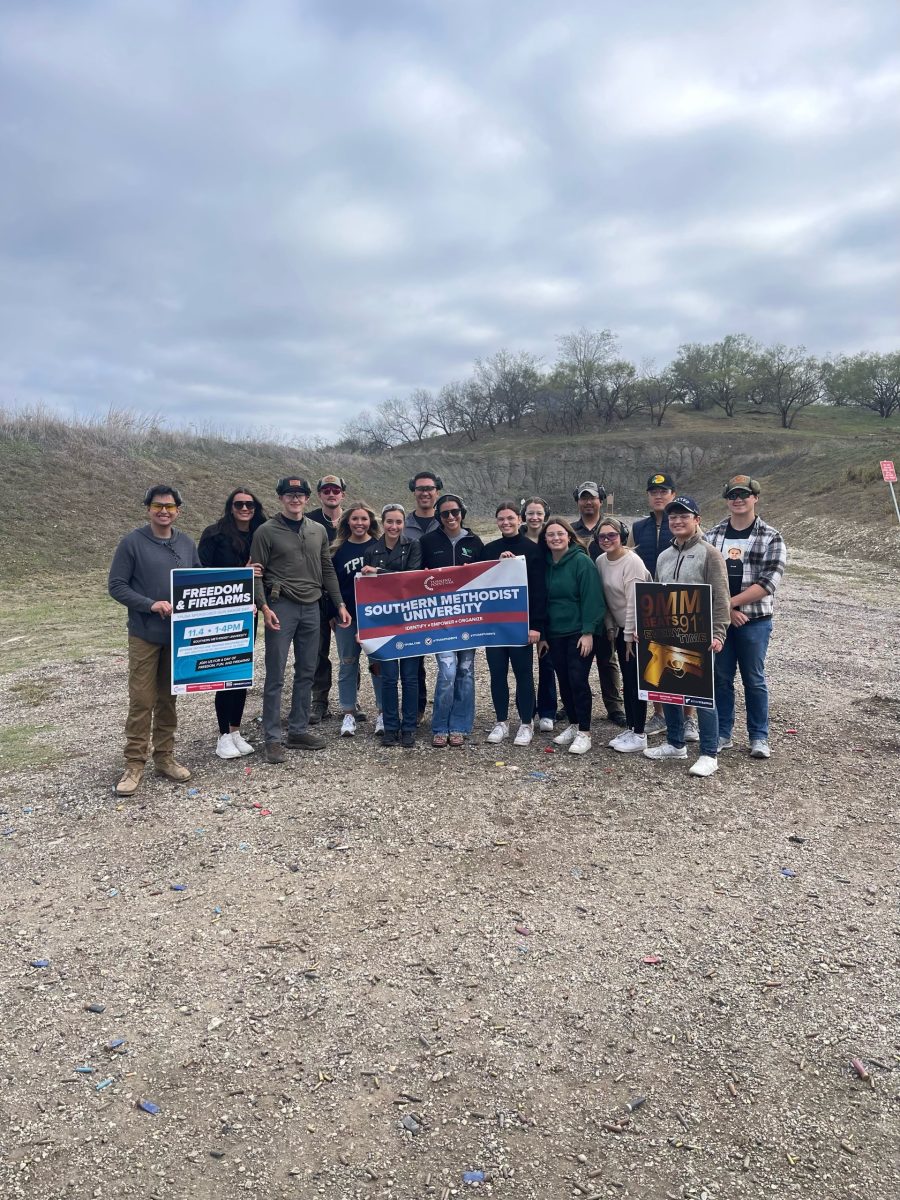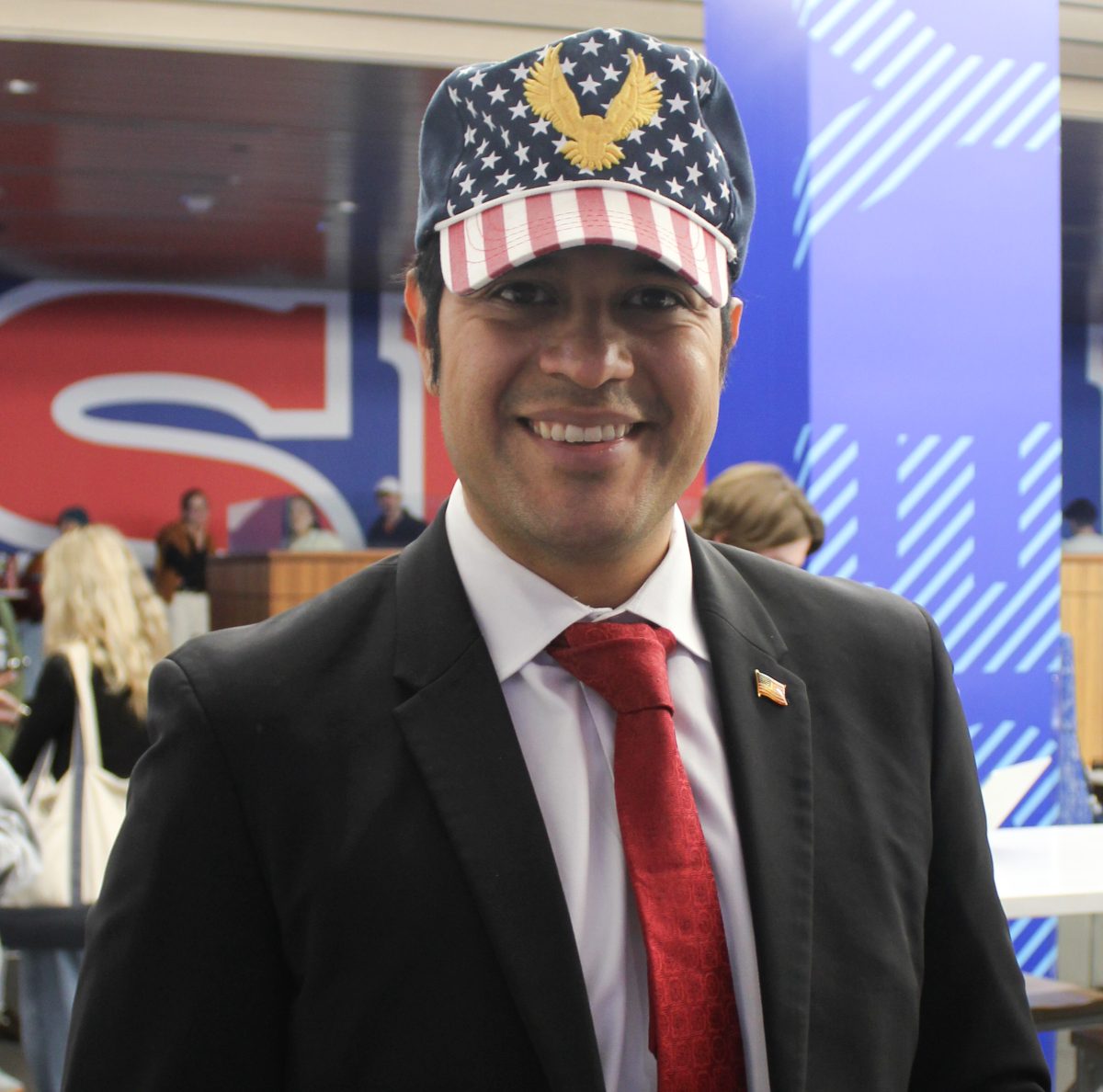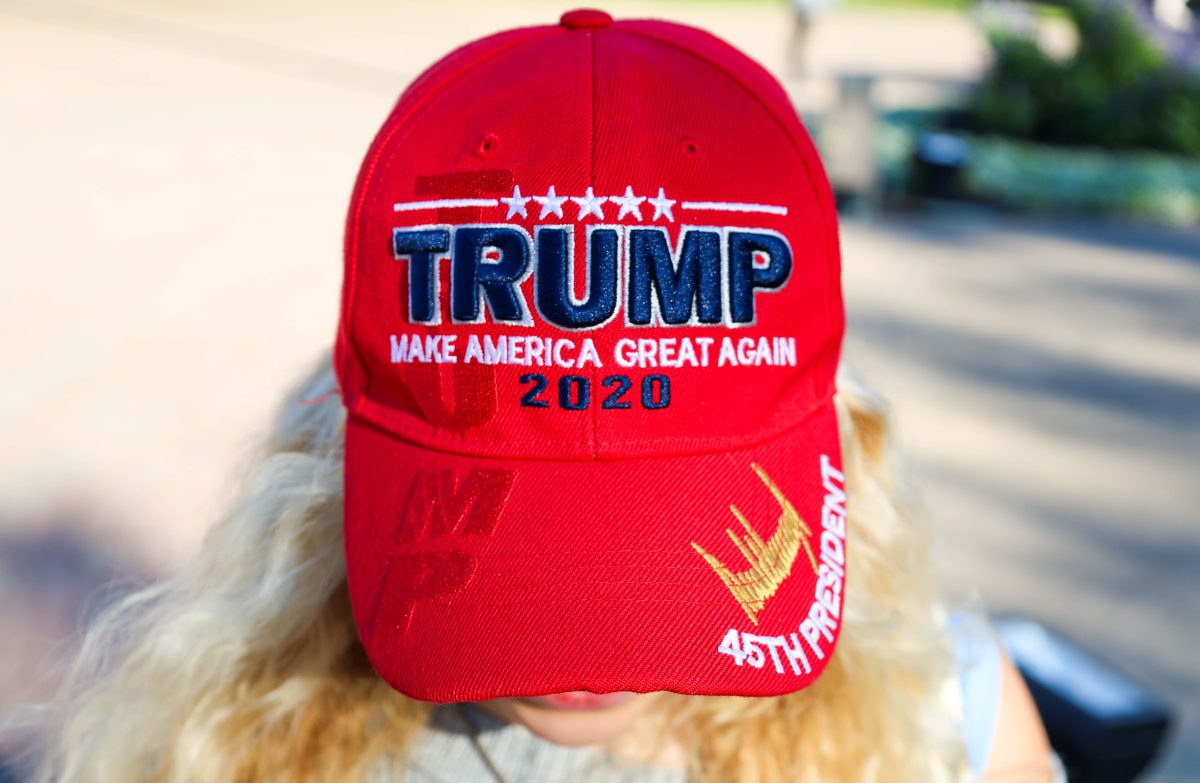Every election year, the youth voter turnout is a heavily discussed topic due to the lack of registered voters under the age of 30 actually showing up to the polls. The usually low participation trend took an upward turn during the 2008 Presidential election when the important voting bloc had a record high voter turnout. The surge was particularly influential and contributed to Barack Obama’s victory against John McCain.
The 2012 Presidential campaign is now in the final stretch and the race between President Barack Obama and former Governor Mitt Romney very tight. With Election Day rapidly approaching, an important question remains: will the same large number of young voters make it to the polls again this year?
According to a September study from the Pew Research Center, the prospects are not looking optimistic.
The study shows that youth engagement in this year’s election is significantly lower compared to 2008. As of September, only 63 percent of voters under the age of 30 reported that they intend to vote this year, a drop from the 72 percent who planned to vote in 2008.
In addition, Pew Center polling shows that the 61percent of adults under the age of 30 in 2008 reported being “absolutely certain” that they are registered to vote has dropped to 50 percent in 2012. The decline is unsettling news considering that research shows that voter registration rates typically increase in the course of election years.
MTV’s Rock the Vote organization is optimistic that the increased turnout in 2008 was indicative of trend that would continue to grow. The Rock the Vote website features statistics showing that the young voter turnout steadily increased from 2004 to 2008.
Unfortunately, the polls this year reflect an end to the momentum that the youth was building up. According to a Gallup Poll from July of 2012, only 58 percent of U.S. registered voters under the age of 30 say they will “definitely vote” this fall. In 2004 and 2008, 78 percent of the same age group reported that answer.
The downward trends are perhaps most concerning to the Obama campaign.
According to the Wall Street Journal, national polls show that only 55 percent of voters under the age of 30 are supporting the President this year. In 2008, two-thirds of young people voted for Obama.
SMU political science Professor Matthew Wilson said that there appears to be less enthusiasm for Obama among young people. The waning support from young voters is an issue because “voters under 25 were a critical part of President Obama’s electoral coalition.” Their surge in participation during the last election “was more of a Democratic advantage among young people” than ever seen before, says Wilson.
Despite the decline in numbers, Obama maintains a lead over Romney among young voters.
The Center for Information and Research on Civic Learning and Engagement conducted a youth poll and surveyed 1,695 people between the ages of 18 and 29 in July and again in October. The study concluded that if the election were held today, Obama would win the youth vote with 52.1 percent of registered voters who are “extremely likely to vote” against the 35.1 percent who of extremely likely voters who would vote for Romney.
A Harvard poll that was posted on the U.S. News & Word Report website in October reported that 65 percent of Romney’s young voters said that are definitely going to make it to the polls this year. Obama may have a greater number of young supporters than Romney, but this advantage will not be as advantageous as it was four years ago if the youth do not actually vote.
There are several factors being attributed to the decrease of engagement this year.
Professor Wilson says one reason is Obama’s waning popularity. The President is no longer considered the “rock star” that he was during his last campaign. The energy and fresh perspective made the Obama movement the cool trend among college campuses is not as strong. The magic that he had in 2008 has been partly lost due to “the inevitable disillusionment that accompanies a transition from the campaign trail to the Oval Office,” says Wilson.
One factor that motivated young people to vote for Obama in 2008 was his attention to issues concerning college students, such as reducing student loan debt and health-care reform. Young Americans were optimistic that Obama was the right candidate to revitalize the economy and increase job growth.
Now four years later, the same difficult economic conditions are still plaguing college students. Fox News reports that an unfavorable job market and a “sluggish economy” continue make it a challenge for post-graduates to land a job. The slow job msrket is a reality that is disconcerting for former Obama supporters.
With national polls reflecting a lack of motivation, the candidates must work overtime to secure the youth vote in addition to other key groups being fought over in the final days, particularly voters from swing states.
The candidates are physically traveling to the battleground states in order to sway voters but are able to connect to millions of young people through the use of social media.
Social media has allowed the youth to be more vocal about their opinions and connect with the candidates more than ever before. The Obama and Romney campaign are both largely utilizing social media networks like Facebook and Twitter as a means of mobilizing young voters.
Michelle Navarre, a 20-year-old accounting major at SMU, says that she uses Twitter to follow candidates and accesses most of her political news through the social media website.
“It’s an easy way to pick stories I want to read because the news sources I follow tweet headlines throughout the day,” she says.
The Internet may be successful in raising political awareness and spreading the candidates’ messages, but young voters must physically cast their ballot in order to truly make a difference in the election.
Many college students who are eligible to vote for the first time are discovering that wanting to vote is often much easier than actually doing it.
Students who attend college outside of the county where they are registered voters must either return home to vote or mail in absentee ballots. The process can make voting even more of a challenge considering the policies vary by state.
Morgan Riklin, a 21-year old junior from San Antonio, TX, did not realize until it was too late that she needed an absentee ballot to vote in Dallas.
“I waited too long to get an absentee ballot mailed to me… I assumed it would be easy to vote since I still live in Texas,” she said.
Taking the extra steps in order to vote may deter some but they certainly will not stop highly motivated individuals.
“I really want to vote in this election so I plan on making a trip home before Election Day so that I can vote,” Riklin said.
Young people’s participation will be influential in this year’s election, even if the turnout does not meet the historic heights of 2008. With nine days to go and Obama and Romney still so close in the polls, it is especially important to remember that every vote counts.














